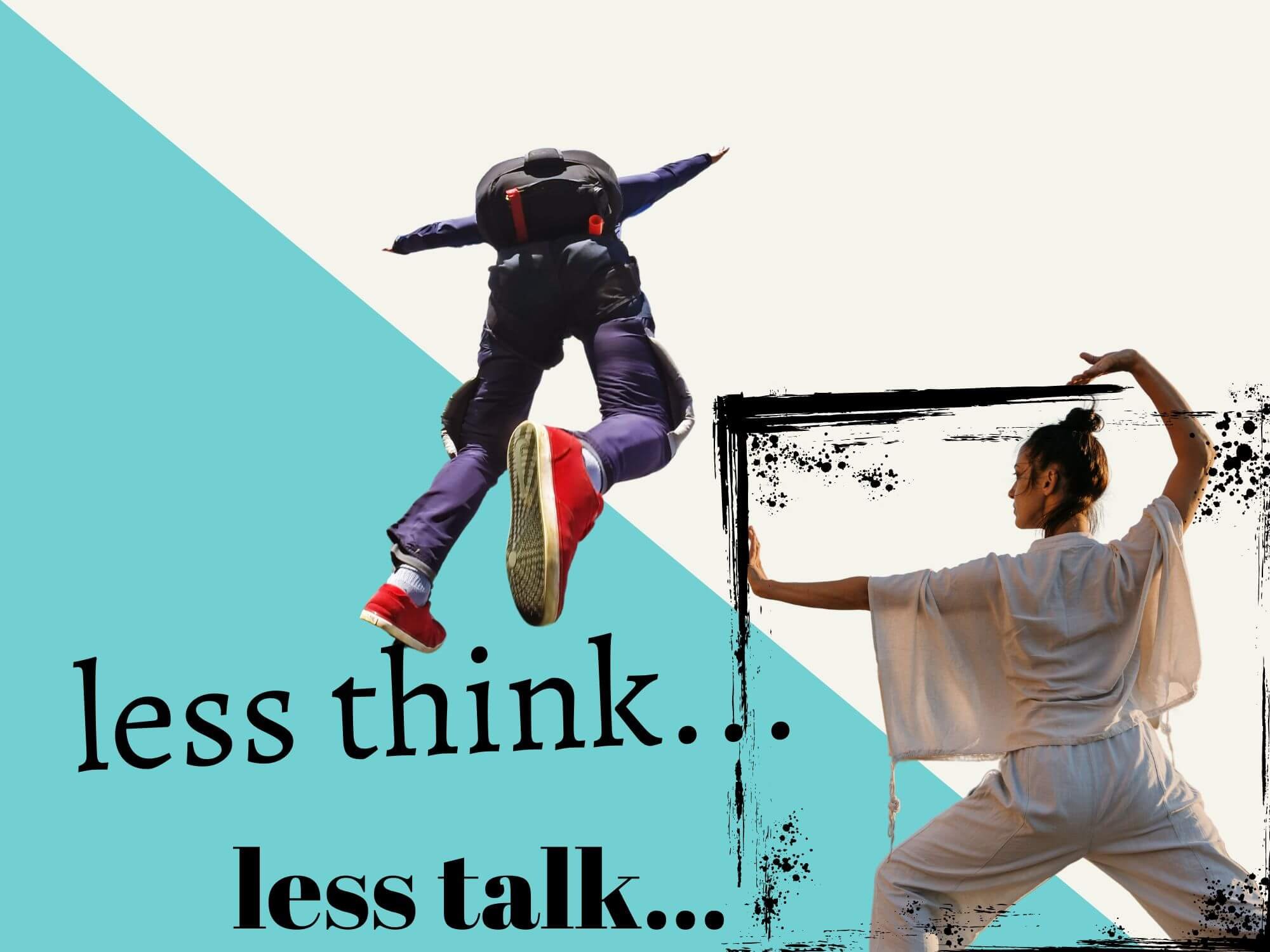Breaking Patterns (changing unconscious habits in 4 steps)
Breaking patterns can be hard. I mean, most of our thoughts and actions are really just unconscious habits and behaviors. So disconnecting from this subconscious program can take some work.
It goes without saying, but our minds are busy. According to the Cleveland Clinic, our brains process around 70,000 thoughts per day – which is crazy!
But around 95% of those thoughts and behaviors are automatic, unconscious habits and patterns of thinking.
So breaking those old patterns will definitely require some effort, and maybe a little bit of finesse. Luckily, there are some seriously helpful strategies and techniques to do just that.
So welcome to this post! I hope the tips and steps here help you as much as they continue to help me.
So without further ado, let’s jump in.
Let’s get it.
What Are Unconscious Habits?
Before we explore the benefits and techniques for breaking patterns, it’ll help to establish a clear definition.
So, what are unconscious habits?
I’ve hinted a bit on this already in the intro (and it’s something that’s intuitively understood), but here’s a quick definition:
Unconscious habits are automatic behaviors, actions and ways of thinking that operate without our conscious awareness.
As you can imagine, our habits come from a variety of sources, including our environment and upbringing, our friends and family, our work and lifestyle…and everything in between.
Now that we know exactly what we’re dealing with, let’s look at some of the sweet benefits for having more control and awareness over our subconscious habits and how to break them.
Breaking Patterns — Forming Habits (the benefits)
There are many different types of habits.
But whatever the habit is you’re dealing with, forming healthier new ones – and breaking out of routines that no longer serve you – is super beneficial.
So here are my favorite perks for breaking out of old patterns:
Habits that align with your values or goals make you happier in the long run
New patterns compound and create a domino effect of change over time
You’re changing your brain and making new neural pathways via neuroplasticity
New habits make you stronger, more skilled and more adaptable
It boosts your self esteem, confidence and belief in yourself
It’s a source of pride
Breaking Patterns and Shifting Unconscious Habits (4 steps)
OK, now onto the good stuff.
The steps below outline my exact process for identifying unconscious habits and then creating an action plan that rewrites a new script.
And it works.
So strap in, and be sure to apply these ideas with an open (and excited) mind.
1. Awareness (identify your unconscious habits)
Before we can break old patterns, we need to know which patterns need breaking.
Makes sense.
So this is the first step: become aware of and identify the unconscious habits you’d like to change.
This sounds relatively easy, but it can be tricky to remember and always be aware of our unconscious patterns throughout the whole day.
So be patient and stick with this first step – it’s an ongoing practice that requires consistent work and attention.
Here are some things that have worked for me to become more aware of unconscious habits and patterns of thinking:
Writing things down and journaling
Making a list of my strengths and weaknesses
Asking friends and families for their honest opinions about my behaviors, personality and the general vibe I give
2. Planning (map out your new ideal habits)
Once we’re aware of our baseline, we need to know where we want to go next.
We need a map. Some targets and a vision.
So this next step is all about dialing in on which new habits you’d like to form and replace the old ones with.
Breaking patterns is all about knowing which new patterns you’d like to work towards.
So this step requires some more self reflection (another job perfect for meditation). Be honest with yourself and write down exactly which new patterns and habits you’d like to form.
It’s helpful to attach your new patterns and habits to your personal (or career) goals and your personal values.
Here are some tips for mapping out your new ideal habits:
Make things realistic
Break things down into smaller steps
Create a new workflow and practice your new habits at the same time everyday
Identify your bottlenecks or triggers that push you back into old habits – and create solutions and workaround for when they come up
3. Action (become your future self)
Once you’ve established your starting point and where you’d like to aim for, the next inevitable step is taking action.
So this step is all about becoming your new personality – not just tangibly (by putting in the actual work), but also emotionally.
This emotional component is the thing that makes all the difference. Because mindset truly is everything.
So there are two key takeaways here:
Put in the daily work of forming new habits
Practicing; using your workflow; becoming more conscious and aware of old habits and catching them in real time; etc.
Stop living emotionally in the past
Embrace your future on an emotional level – act and think as if you’ve already arrived to your target personality
This requires some more meditation, a bit of visualization and a deep love and appreciation for all of your old habits.
It’s helpful to reframe your past patterns simply as invaluable experiences, which now serve as strong roots in your metaphorical tree of new habits (i.e., flowers and branches).
So here are some more helpful tips for sticking to your new habits and patterns:
Stack the cards in your favor
Hang around more motivating people, listen and consume more inspiring content and refresh your environment and home space
Celebrate the small wins and incremental changes
Track your improvements and zoom out every once in a while
Not every day needs to be a homerun
Go easy on yourself and stay patient
4. Growth (create a habit accountability system)
There are no finish lines.
But this is a good thing. Otherwise, things would get pretty boring pretty quick.
So this last step is all about building upon your new habits with even more new patterns. It’s about creating and refining your system.
As mentioned just above, tracking your progress is a helpful strategy in new habit formation. It’s also a useful tool here, as we build out an accountability system and track our progress over time.
It’s hard to notice the day-to-day changes, improvements and setbacks.
But over time, the cumulative results of my seemingly small daily actions add up to impressive results.
I like to keep track of things by journaling, writing down my goals, using a habit tracking app, meditation and self reflection and periodically updating my strengths and weaknesses list (yes, I have an actual Google doc for this…nerd alert, I know, hah).
Breaking old patterns and habits can be difficult – they are often unconscious and automatic behaviors.
But just remember, it’s more than possible to elevate things and form new, healthier patterns.
Want More? Check Out These Sweet Reads!




